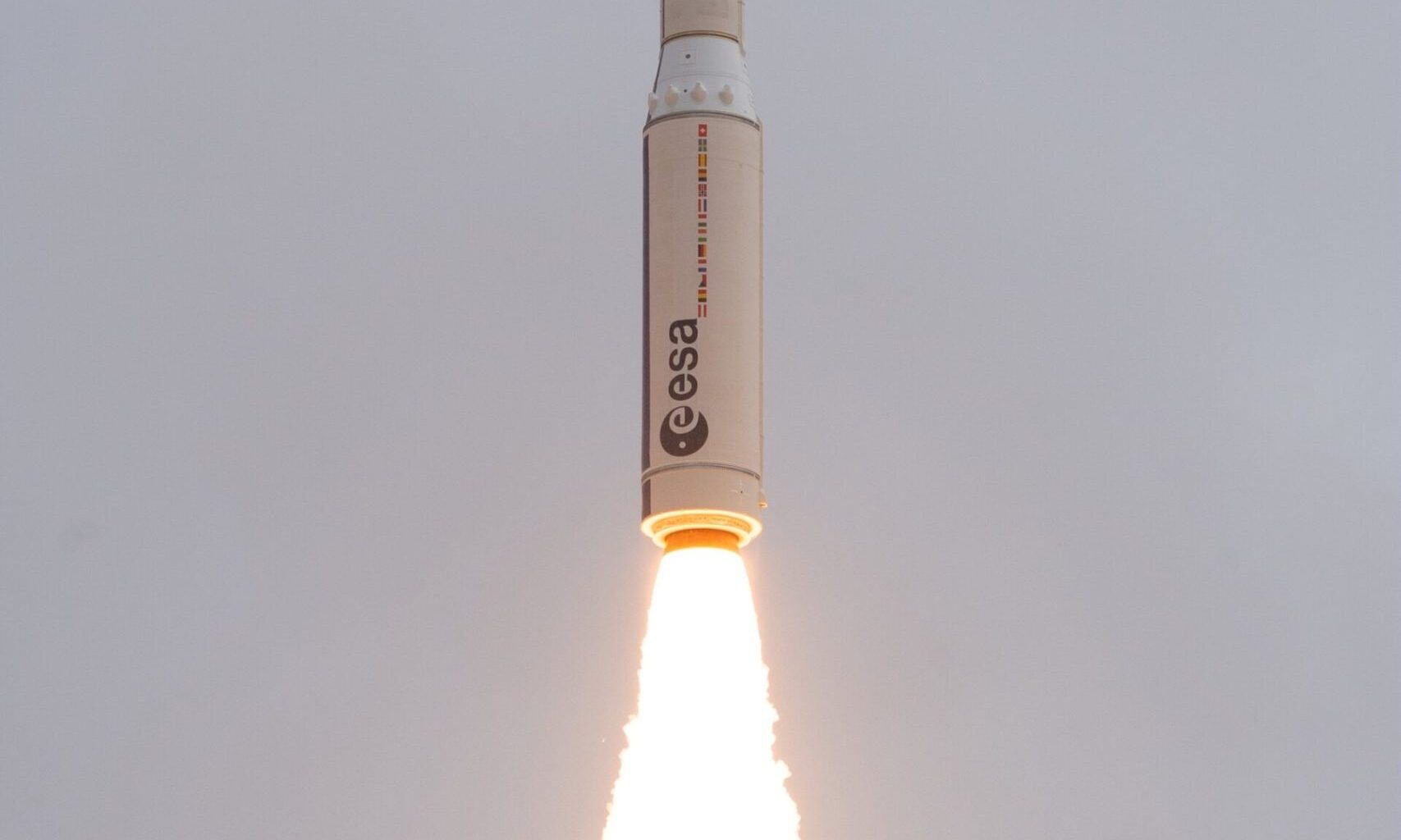Arianespace is preparing a Vega C launch on 28 November to orbit South Korea’s KOMPSAT-7 Earth observation satellite. Liftoff for mission VV28 is scheduled from Europe’s Spaceport in French Guiana at 14:21 local time in Kourou, corresponding to 17:21 UTC and 18:21 CET. The flight from launch to satellite separation is expected to last around 45 minutes.
Continuing South Korea’s Satellite Series
KOMPSAT-7 will be placed into a Sun-synchronous orbit, giving regular daylight passes over target regions at consistent local times. The spacecraft continues South Korea’s Korea Multi-Purpose Satellite series, which supports government and institutional users with high-resolution imaging. Arianespace describes the mission as part of South Korea’s wider effort to strengthen its national space capabilities.
Developed by the Korea Aerospace Research Institute (KARI) at its Daejeon facilities, KOMPSAT-7 has a launch mass of about 2,000 kilograms. The satellite’s primary role is to deliver detailed imagery for tasks such as mapping, land use monitoring and infrastructure tracking, with additional applications in environmental and security planning.
Mission Profile and Programme Significance
VV28 uses Vega C, the upgraded version of Europe’s small-lift launcher aimed at missions to low Earth and Sun-synchronous orbits. Arianespace has framed the flight as another step in the vehicle’s return to regular operations, with KOMPSAT-7 following a series of institutional and commercial payloads assigned to the rocket.
KOMPSAT-7’s imaging system is designed to improve on earlier satellites in the series, providing finer ground sampling and multi-spectral coverage. Data from the mission is expected to feed into national databases used by South Korean ministries and agencies, reducing reliance on foreign sources for high-resolution observations.
The launch is part of a longer relationship between ArianeSpace and Korean customers. South Korea has long held ambitious plans for Earth observation and Satellite imagery, which KOMPSAT-7 will now be a key part of. Successful deployment would add another high-end imaging platform to the country’s fleet at a time when demand for detailed satellite data continues to rise across civil and security sectors.
